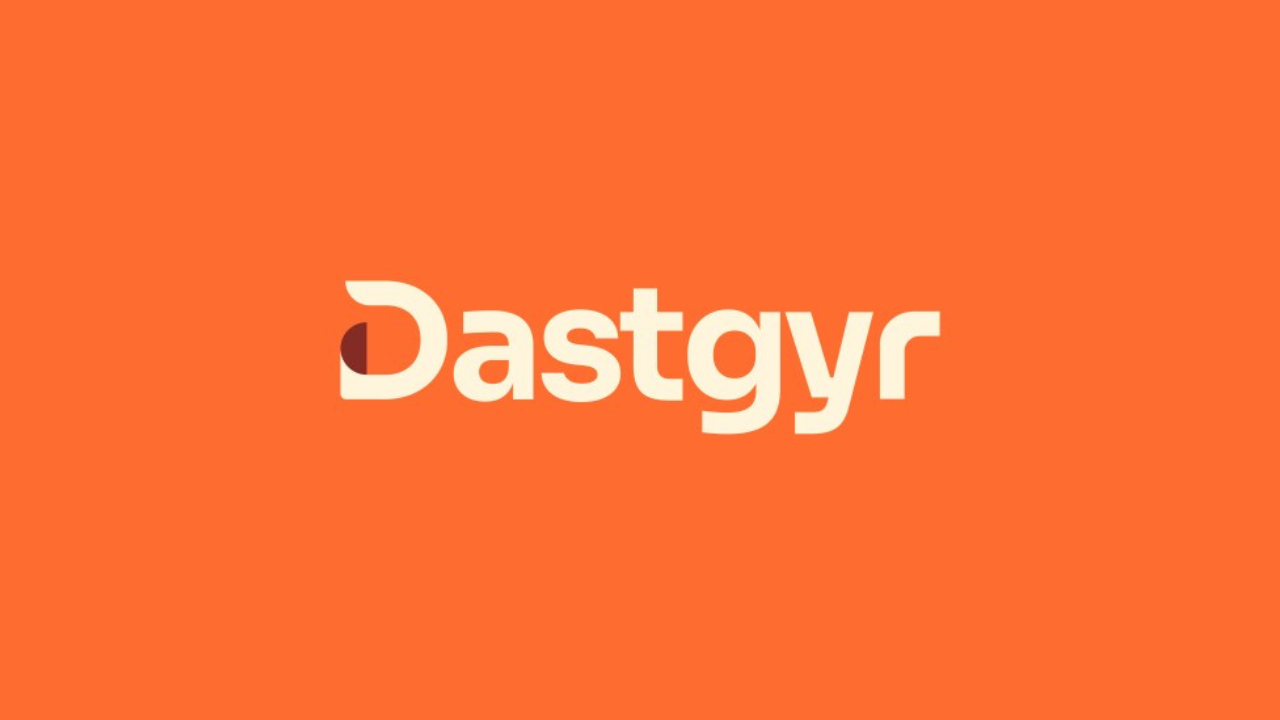The Humble Beginning
In 2020, Dastgyr was born out of a deceptively simple idea: can we make it easier for Pakistan’s small retailers—kiryana shops—to restock inventory through a mobile app? The co-founders, Taimur Sheikh and Zohaib Ali, resisted the temptation to overbuild. Instead, they launched a barebones Android app with a limited catalog and relied on phone calls to confirm and fulfill orders.
The early version wasn’t slick. But it did one thing well: it enabled small shopkeepers to place orders without needing to close shop and visit wholesalers. That process of moving from problem to product was enough to gain traction. They weren’t just testing a product; they were validating a need.
Solving a Real Problem First
The success of Dastgyr’s MVP came from staying close to the core problem. Kiryana store owners didn’t need dashboards or fancy filters. They needed reliable, affordable inventory delivered on time without friction. The team focused entirely on making that process easier, not more complex.
Every decision revolved around this one job-to-be-done. Rather than over-engineering, they asked: are we reducing effort for shopkeepers? Are we making their day simpler? That commitment to the user’s core pain created early loyalty, which no marketing budget could buy.
Knowing What to Measure
While many early-stage startups chase downloads and media mentions, Dastgyr zeroed in on one metric that mattered most: repeat orders. If a retailer placed an order again within a few days, it meant trust had been established and value had been delivered.
This north star metric became the compass for every product tweak and service decision. It allowed the team to cut through vanity metrics and stay grounded in real user behavior. Instead of growth at all costs, they chased meaningful engagement.
Listening > Building
Every iteration of Dastgyr was shaped by user feedback. But this wasn’t limited to surveys; it came from daily WhatsApp messages, delivery complaints, and field visits. This commitment to building with users in mind was critical. When shopkeepers said they didn’t trust digital-only processes, the team added call support. When users ran out of stock on weekends, the delivery model was extended to cover high-demand hours.
The product evolved as a mirror of user experience. No feature was built in isolation. It all stemmed from a willingness to observe, listen, and respond to the market’s lived realities.
Scaling Deliberately
Dastgyr scaled thoughtfully. After proving retention and reliability in one city, they expanded not just geographically, but functionally. Categories were broadened based on demand data. A logistics fleet was built to ensure delivery consistency. Later, microcredit options were introduced when shopkeepers showed interest in delayed payments.
Nothing was added because it sounded innovative. It was added because the groundwork was solid, the need was clear, and the team had earned the right to expand. Scaling was no longer a gamble, it was an informed progression.
Real Traction, Not Just Noise
By 2022, Dastgyr had become one of Pakistan’s most promising startups. With tens of thousands of active users, operations across major cities, and a $37M Series A led by VEON, the numbers spoke for themselves.
This traction wasn’t built on hype or market trends. It was rooted in retention, real-world usage, and a product that people didn’t just try they returned to. Dastgyr’s success was never about being the most talked-about. It was about being the most useful.
Lessons for Founders
Dastgyr’s journey holds valuable takeaways for any early-stage startup. Start narrow and scrappy. Your MVP is not a final product, it’s a learning tool. Prioritize clarity over complexity. Focus on one metric that reflects real value. Scale when your users, not your roadmap, demand it. And never stop listening. Founders often overestimate their ideas and underestimate their users.
Final Thought
The story of Dastgyr proves that great products don’t begin with perfection they begin with focus. If your product solves a specific problem well, delivers consistent value, and learns fast from its users, traction isn’t a matter of luck, it’s the natural next step.
FAQ
Dastgyr focused on solving one clear problem — helping small retailers order inventory easily. Their MVP was basic but reliable, which built trust and validated the market need quickly.
Instead of vanity metrics, they focused on repeat orders, which directly indicated whether users found the service valuable and trustworthy enough to come back.
Start small, solve a focused problem, listen constantly to users, and scale only when the data and demand support it. Dastgyr’s growth was rooted in real traction, not hype.




